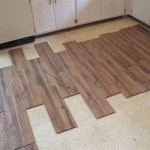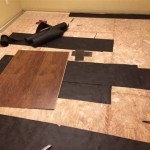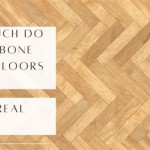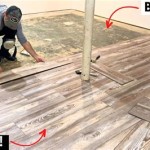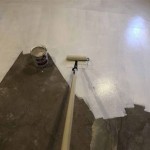Engineered Hardwood Flooring: A Comprehensive Guide
Engineered hardwood flooring is a popular choice for homeowners who want the look and feel of hardwood without the high cost or maintenance. It is made with a veneer of real hardwood bonded to a plywood or MDF core. This construction makes it more stable and durable than solid hardwood flooring, and it is also less likely to warp or buckle.
Engineered hardwood flooring is available in a wide variety of species, colors, and finishes. It can be installed over a variety of subfloors, including concrete, plywood, and ceramic tile. It is also easy to clean and maintain.
Benefits of Engineered Hardwood Flooring
- More affordable than solid hardwood flooring
- More stable and durable than solid hardwood flooring
- Less likely to warp or buckle
- Available in a wide variety of species, colors, and finishes
- Can be installed over a variety of subfloors
- Easy to clean and maintain
Things to Consider When Choosing Engineered Hardwood Flooring
- The species of hardwood you want. Different species have different colors, grains, and hardness levels.
- The finish you want. Engineered hardwood flooring is available in a variety of finishes, including matte, satin, and glossy.
- The width of the planks. Engineered hardwood flooring is available in a variety of widths, from narrow to wide.
- The installation method. Engineered hardwood flooring can be installed over a variety of subfloors, including concrete, plywood, and ceramic tile.
- The cost. Engineered hardwood flooring is more affordable than solid hardwood flooring, but it can still be expensive.
How to Install Engineered Hardwood Flooring
Engineered hardwood flooring is relatively easy to install. However, it is important to follow the manufacturer's instructions carefully.
The first step is to prepare the subfloor. The subfloor must be level, smooth, and dry.
The next step is to install the underlayment. The underlayment will help to protect the engineered hardwood flooring from moisture and noise.
Once the underlayment is installed, you can begin to install the engineered hardwood flooring. The planks are typically installed using a tongue-and-groove system.
Once the engineered hardwood flooring is installed, you need to finish it. The finish will protect the flooring from wear and tear.
How to Care for Engineered Hardwood Flooring
Engineered hardwood flooring is easy to care for. It is important to sweep or vacuum it regularly to remove dust and dirt.
You should also mop the engineered hardwood flooring occasionally with a damp mop. Be sure to wring out the mop well so that you do not damage the flooring.
Avoid using harsh chemicals or abrasive cleaners on engineered hardwood flooring.

A Comprehensive Guide On Engineered Wood Flooring Installation Mersey

Solid Hardwood Vs Engineered Flooring Carpet One Floor Home

How To Install Lock Engineered Hardwood Flooring

Installing Hardwood Floors On A Budget Dumpster

Pros Cons Of Engineered Timber Flooring Imagine Floors By Airstep

Wooden Flooring The Ultimate Guide Types Features Installation

Solid Wood Vs Engineered Flooring Complete Guide 2024

The Ultimate Guide To Wide Plank Flooring Mayriver

Best Engineered Wood Flooring Of 2024 Forbes Home

Is Wood Flooring The Right Choice For Your Property Complete Guide Ultimate
See Also

